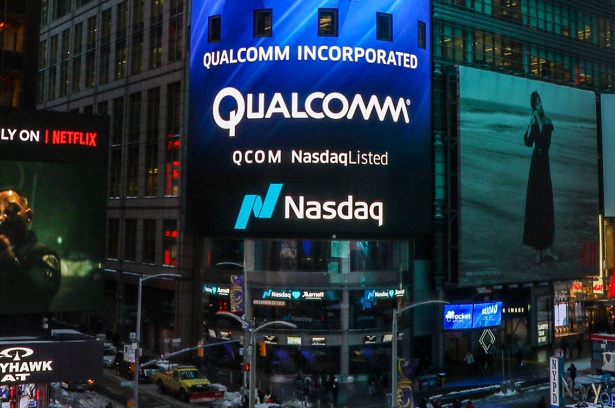Facebook and Qualcomm are aiming to support fixed-wireless access technology after partnering to integrate new chipsets with the social network’s Terragraph technology.
Terragraph is Facebook’s attempt to build unlicensed 60GHz mmWave networks that deliver wireless connectivity to urban areas at “a fraction” of the cost of fibre deployments.
It is based on pre-standard 802.11ay wireless technology. Qualcomm said its QCA6438 and QCA6428 chipsets supporting pre-standard 802.11ay will now be boosted by Terragraph software.
It added that it has tweaked the chipsets to support outdoor backhaul through time-divison multiple access (TDMA), channel bonding to increase throughput, and multiple antenna deployments.
Hardware using the technology will be able to connect dense urban environments, offer high capacity coverage, and cheaper installation costs, shorter time to market, the companies claimed.
The Facebook and Qualcomm solution will be trialled next year.
Irvind Ghai, Vice President, Product Management at the chipmaker’s Qualcomm Atheros arm, said: “Our collaboration with Facebook will bring advanced 11ad and pre-11ay technologies to market increasing broadband penetration and enabling operators to reduce their capex for last mile access.
“Terragraph cloud controller and TDMA architecture coupled with Qualcomm Technologies solution’s 10Gbps link rate, low power consumption and early interference mitigation techniques will help make gigabit connectivity a reality.”
Yael Maguire, VP of Connectivity at Facebook, added: “With Terragraph, our goal is to enable people living in urban areas to access high-quality connectivity that can help create new opportunities and strengthen communities.”
Terragraph is part of Facebook’s wider Telecoms Infrastructure Project, which aims to deliver fresh ways of deploying network architecture.
[Read more: Telenor joins TIP as telcos broaden Facebook’s reach into hardware]
At Mobile World Congress in February, Facebook announced it was working with Nokia on a new fixed wireless access product set for testing this year.
Meanwhile, Qualcomm used this week’s Small Cell Forum to announce the first 5G NR solution for the technology.
Small cells using the FSM100xx solution will be able to offer 5G NR in mmWave and sub-6GHz deployments.
Additionally, Qualcomm said the product would allow vendors to reuse software and hardware designs for new mmWave and sub-6GHz small cells.
The solution will be able to support indoor deployments, as well as outdoor, where MIMO support and multi-gigabit throughput is necessary, it added.
The software defined modem was identified by the chipset maker as a means for vendors to upgrade their devices according to future 3GPP releases.



